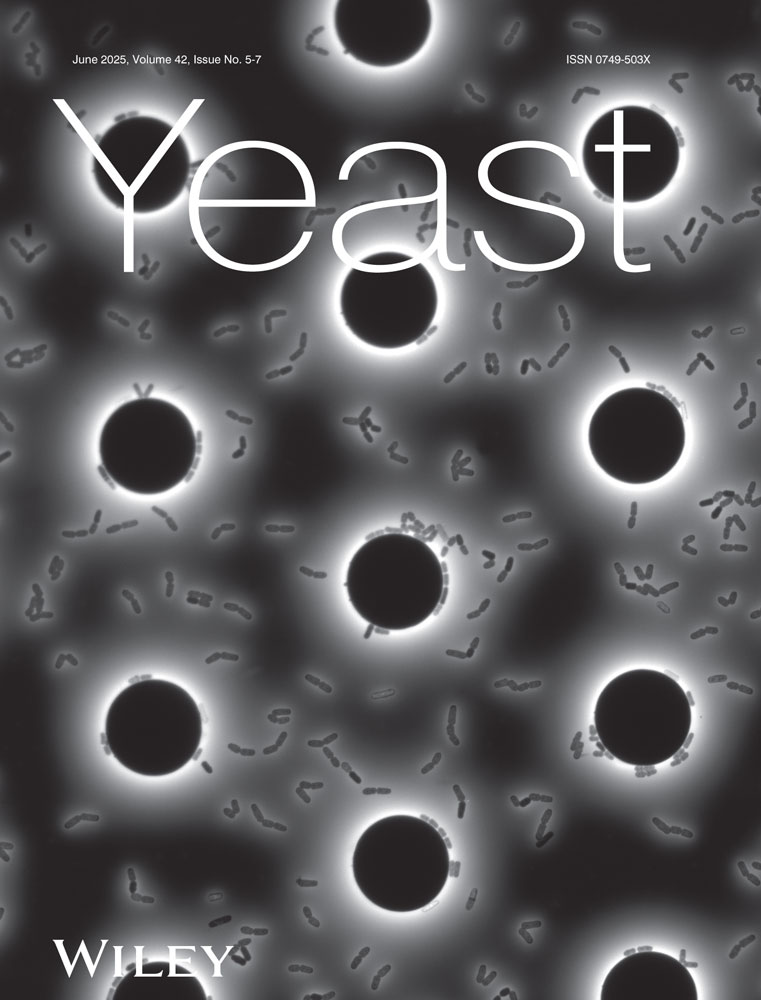Sustained oscillations in free-energy state and hexose phosphates in yeast
Abstract
In a population of intact cells of the yeast Saccharomyces cerevisiae the dynamics of glycolytic metabolism were investigated under the condition of sustained oscillations. At 5-s intervals cells were quenched in −40°C methanol, extracted and the intracellular concentrations of glycolytic metabolites, adenine nucleotides and phosphate were analysed. Oscillations were found for the glycolytic intermediates glucose 6-phosphate, fructose 6-phosphate and fructose 1,6-bisphosphate. At variance with earlier reports on transient glycolytic oscillations, some intermediates further down the glycolytic pathway did not oscillate significantly, even though NADH did. In addition, the adenylate energy charge and the free energy of ATP hydrolysis oscillated significantly. Dynamic coupling through the latter may be responsible for this effective compartmentation of glycolytic dynamics.




